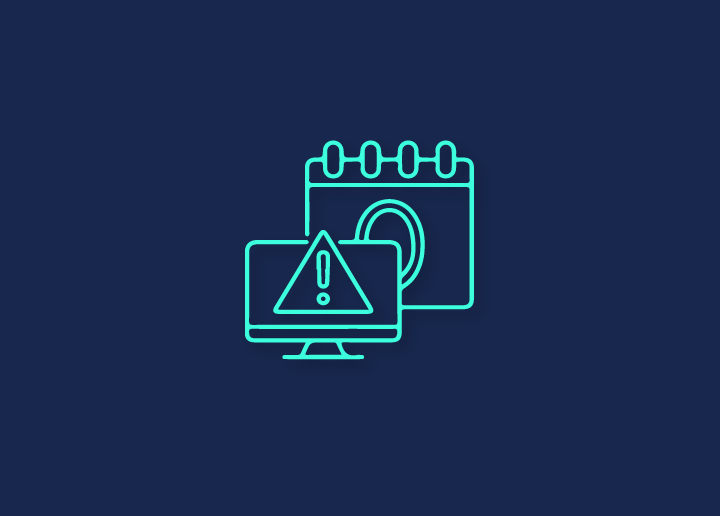A zero-day attack is a cybersecurity threat that occurs when a malicious hacker finds vulnerabilities in your software system and uses them to gain unauthorized access to your wordpress site before the developers can address it. Zero-day attacks are dangerous because the people who know about them are the hackers themselves; hence it is difficult to be tracked.
Contents
ToggleExamples of Zero Day attack
2020: Apple iOS
Though Apple iOS is the most secure smartphone platform, the zero-day vulnerabilities bug occurred where the users had to remotely compromise the system of iPhones.
Stuxnet
Malware broke into Iran’s Uranium Enrichment Centrifuges, infected the industrial control system, and disrupted the country’s nuclear program.
Sony: 2014
A zero-day attack was targeted at Sony Pictures that brought down Sony’s network and leaked the sensitive and personal information of corporate data files and its employees. It even revealed the copies of unreleased Sony Films.
Ways to detect Zero-day attacks on Checkpoints
1. Threat Intelligence Platform
Protection against the zero-day threat requires access to high intelligence. Check Point’s Threatcloud is the world’s largest cyber threat intelligence database that serves the analysis of 86bn transactions to more than 1lac Checkpoint customers regularly.
2. Threat Prevention Engines
This method involves translating the intelligence into action to prevent the attack from succeeding. Here is the list of crucial threat prevention capabilities that include:
3. CPU level inspection
It is the process of spam protection and code signing where malicious codes are blocked before they are executed or downloaded.
4. Malware DNA analysis
This system detects malware before it is delivered to a target system.
5. Campaign Hunting
In this, behavioral analysis can block and identify the attacker.
Techniques for detecting zero-day exploits
1. Statistics-based detection
Statistics-based detection gathers information about zero-day exploits based on past information and uses it as a baseline for safe system behavior. The more reliable the data is, the more accurate solutions can be delivered.
2. Signature-based detection
Here the malware is detected by using antivirus software. It relies on an existing database of malware signatures which can be used as a reference when scanning the system for viruses.
3. Behaviour-based detection
In this technique, the malware is detected by establishing a baseline behavior based on data of past and current interactions with the system. This detection process works on a single target system that is proven very effective in detecting malicious software.
4. Hybrid detection
It is the process of combining above mentioned all two or three techniques in a way that increases the accuracy of the zero-day exploits detection. The most effective technique of all the above three produces results.
Since zero-day attacks are challenging to detect and affect the overall performance of a website, they must be timely seen. If we invest in cyber-security, zero-day is the most crucial area to focus on.
















